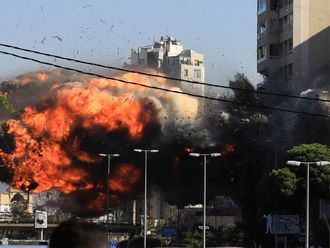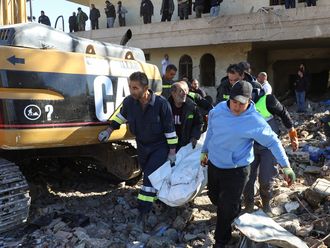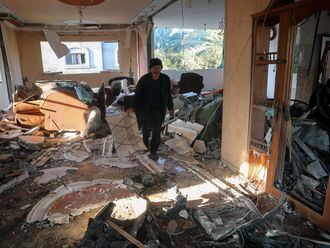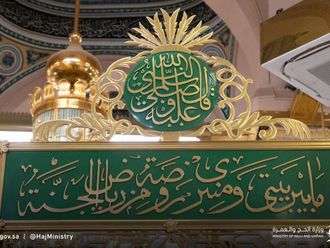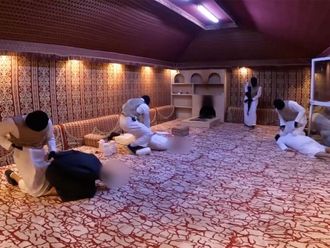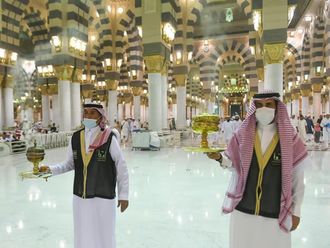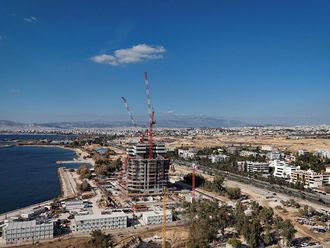Bin Jawad: Libyan government officials said on Sunday they have unearthed a mass grave with 157 bodies of rebel fighters and civilians in an eastern town that was a major battleground during the country's 2011 civil war.
It is the largest grave yet to be discovered from the conflict that began as a popular uprising and ended with the capture and killing of Libyan leader Muammar Gaddafi last October.
Nearly five months after the civil war ended, the country's new government is struggling to rebuild a national security force, unify the country's militias and tribes under its authority, and ready the country's justice system to handle cases of those accused of war crimes, including Gaddafi's son and one-time heir apparent, Saif Al Islam.
The effects of the war itself are still apparent.
The head of the new government-run missing persons office, Omar Al Obaidi, said that 80 of the bodies discovered in Bin Jawad have been identified. He said they are all from eastern Libya.
The youngest was a 17-year-old male.
"This is the biggest [mass grave] so far," he said. "These are civilians who were protesting in their cities and killed by Gaddafi's men," he said referring to armed fighters and residents of eastern cities.
Gunshot wounds
Al Obaidi said most appear to have died from gunshot wounds and rocket strikes starting in March. Some were executed, while others were severely disfigured from rocket attacks, he said.
The excavation of the bodies began on Friday and finished on Sunday.
He said a "Martyrs' Parade" has been planned for those found in the mass grave. The procession, scheduled for yesterday, will start in Bin Jawad, pass through the city of Ajdabiya and conclude in the former rebel capital of Benghazi.
Civil war
The small town of Bin Jawwad, 600km east of the capital Tripoli, is on Libya's main coastal highway and was the scene of intense fighting throughout the civil war, trading hands several times.
Osama Swail, a spokesman at the Ministry of Martyrs, Wounded and Missing Persons, said the bodies that were identified would be returned to the families for funerals. He said two of his brothers were among the dead.
A forensic team is looking at DNA samples and photos of the remaining bodies to see if they match with DNA samples the ministry has for missing persons in Libya.



